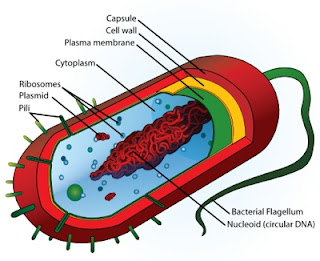Dr Wan has asked us to do a short presentation about this topics. The class was divided into 6 groups based on the structures. We compiled everything in a padlet.
 |
| http://padlet.com/zuhainis/internal |
passive transport can be divide into
1)simple difusssion(until equilibrium)
2)facilitated diffusion (aid of
protein)-transporter-eg : glucose, fructose, amino acid
3)osmosis-difussion of water across the
plasma membrane
Isotonic-no net water movement
Hypotonic(lysis)-water move into the cell ,
cell burst
Hypertonic(plasmolysis)-water move outside
the cell, cell shrink
active process alco can be divide into two which are
-active transport(movement of molecule from
low concentration to high concentration, against concentration gradient,used of
ATP)
-group translocation-molecule chemically
modified across the membrane,energy expended
We also even had a Q&A sessions. My group did not do enough research about this topic. we did not managed to answer why group trnaslocation only occurs in prokaryotes?
i got a lot of information that cannot be read in the lecture note which is in inclusion part that have been presented by Dayana’s group.
Granule can be divide into
- · Metachromatic granule
- · polysaccharide granule
- · sulfur granules
vesicle also can be divide into
- · gas vacuole
- · carboxysome
- · magnetosome
- · lipid inclusion
- dayana's group have explain more on the alppha carboxysome and beta carboxysome. Alpha carboxysome-found in cyanobacteria, type I Rubisco,genes arrange in single operator. in comparison Beta carboxyxome-larger than alpha carboxysome, type II Rubisco, gene arrange in multiple gene cluster.
the most importnat part in intracellular structure of procaryotes is endospore presented by Mayling's group.endospore cannot be destroyed easily, highly resistance to
heat,chemical and radiation. here is the cycle of formation of endospore that have be explained by Atikah and Mayling during the presentation.


